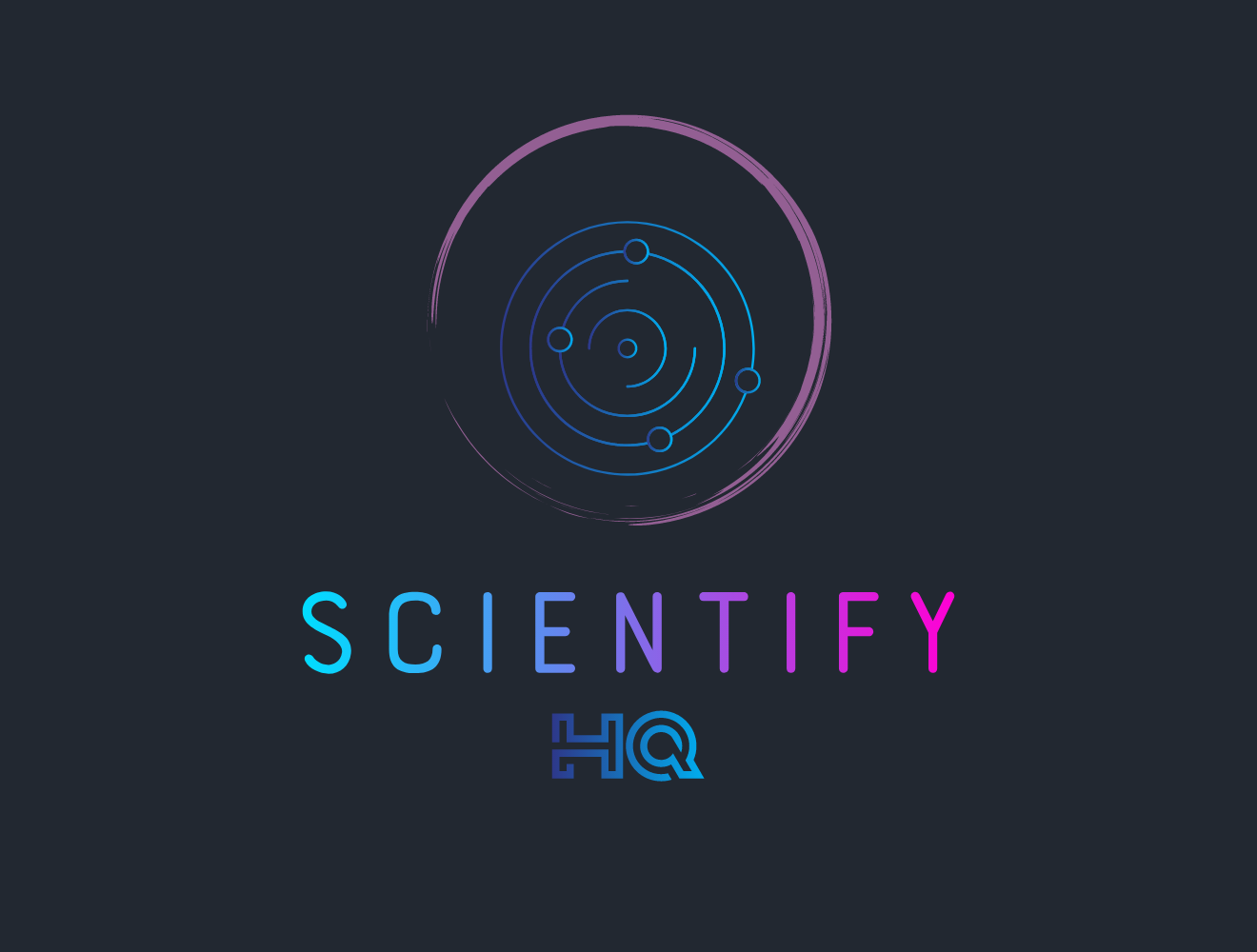
William Gibson, born on March 17, 1948, in Conway, South Carolina, is an acclaimed American-Canadian science fiction writer. Known for his unique vision and literary style, Gibson’s upbringing and personal experiences have undoubtedly influenced his captivating storytelling.
In his youth, Gibson found inspiration in the counterculture movement of the 1960s, becoming fascinated by the world of hippies and their rejection of mainstream norms. However, his path took an unexpected turn when he was expelled from college for possessing marijuana and subsequently evaded conscription into the Vietnam War by seeking refuge in Canada. These formative experiences not only shaped Gibson’s worldview but also planted the seeds for his exploration of societal rebellion and marginalized characters in his later works.
Gibson’s literary career gained traction with the release of his debut novel, “Neuromancer,” in 1984. The novel’s success not only established Gibson as a prominent figure in the science fiction genre but also coined the term “cyberspace,” which has since become a fundamental concept in popular culture.
Throughout his career, Gibson has consistently pushed the boundaries of science fiction, blending elements of technology, sociology, and philosophy to create immersive and thought-provoking narratives. His works have garnered critical acclaim and numerous awards, including the Hugo, Nebula, and Philip K. Dick Awards, solidifying his status as one of the most influential writers in the genre.
Today, Gibson continues to captivate readers with his distinct literary voice and visionary storytelling. His explorations of the human relationship with technology, the societal impact of corporate dominance, and the blurred lines between reality and virtuality remain as relevant as ever in an increasingly interconnected world.
Unveiling the Cyberpunk Visionary
William Gibson stands as one of the most prominent figures in the cyberpunk genre, known for his gritty and imaginative portrayals of futuristic societies. His works have captivated readers with their intricate explorations of technology, identity, and the human condition. Let’s delve into Gibson’s influential career and the remarkable contributions he has made to science fiction literature.
William Gibson: Master of Cyberpunk Universes

Gibson’s most notable works include his groundbreaking trilogies and thought-provoking standalone novels. The Sprawl trilogy, comprising “Neuromancer,” “Count Zero,” and “Mona Lisa Overdrive,” is a cornerstone of cyberpunk literature. “Neuromancer” introduces readers to Case, a washed-up computer hacker caught up in a high-stakes heist within the vast expanse of cyberspace. “Count Zero” expands the narrative with new characters embroiled in corporate conspiracies, while “Mona Lisa Overdrive” weaves multiple storylines, delving deeper into a world dominated by powerful corporations and advanced technologies.
Gibson’s works extend beyond the Sprawl trilogy. The Bridge trilogy, consisting of “Virtual Light,” “Idoru,” and “All Tomorrow’s Parties,” takes readers on an immersive journey through a post-apocalyptic San Francisco and a futuristic Tokyo. These novels vividly portray cities on the precipice, where societal divisions and corporate influence threaten fragile equilibrium.
“Agrippa,” a semi-autobiographical work, explores the ephemeral nature of memories and personal experiences. Gibson skillfully intertwines fact and fiction to examine the intricate relationship between technology, identity, and the fragility of human recollection.
In the “Jackpot” trilogy, featuring “Pattern Recognition,” “Spook Country,” and “Zero History,” Gibson delves into the enigmatic world of advertising, branding, and global conspiracies. Protagonist Cayce Pollard, a marketing consultant with an uncanny ability to discern cultural trends, becomes entangled in the impact of ubiquitous technology on society and the lengths corporations go to control the flow of information.
Gibson’s collaboration with mentor Bruce Sterling gave rise to the enthralling uchronic/steampunk thriller “The Difference Engine.” Set in an alternative Victorian era, the novel envisions Charles Babbage’s analytical engines as the foundation of the Information Age, merging historical figures, political intrigue, and technological advancements in a captivating alternate reality.
In the realm of short stories, Gibson co-authored “Red Star, Winter Orbit” with Sterling, a poignant narrative that explores the psychological toll of isolation and haunting memories aboard a Soviet space station.
Gibson’s more recent works have continued to captivate readers. “Agency,” a compelling novel set in a parallel future, delves into the intricate connections between technology, AI, and the manipulation of reality. In this world, a shadowy organization known as the Agency possesses the ability to alter the past through advanced technology, raising thought-provoking questions about the nature of agency and free will.
Lights, Camera, Gibson: Exploring Film and TV Adaptations
Notably, Gibson’s involvement with the film industry includes his contribution to the unproduced screenplay for “Alien³.” Although the script was not used for the final film, it was later adapted into a graphic novel format, with Johnnie Christmas providing the illustrations. This collaboration breathed new life into Gibson’s vision, offering fans a unique perspective on the iconic Alien franchise.
Over the years, Gibson’s works have garnered significant attention in the audio-visual realm. “Johnny Mnemonic” (1995), directed by Robert Longo and starring Keanu Reeves and Dina Meyer, brought one of Gibson’s stories to the big screen. “New Rose Hotel,”
